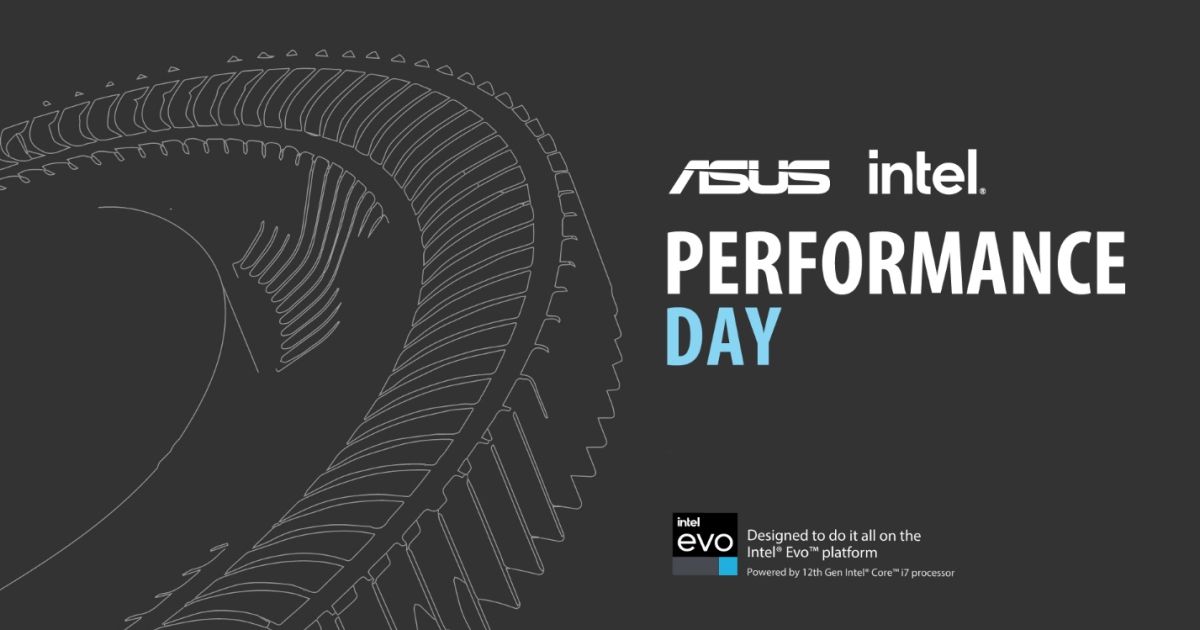In recent years, she did not really want to meet in person, and this affected both ordinary interpersonal relationships, and especially working ones. The announcement of new games, product introductions and communication of most technology companies have thus moved to the online environment and mostly happened one-way, in the form of streams or press releases. This certainly has its advantages in terms of posting speed, but it doesn’t do much for inquisitive inquiries and a more personal experience. I am so glad that the most difficult times are probably behind us and one of the first signs of a “return to normal life” for me was attending a press event. ASUS Intel Productivity Day in the center of the Mala Fatra National Park near Zilina. It was here, along with other journalists, that I had the opportunity to talk with local representatives of ASUS in the Czech Republic and Slovakia, as well as with Ivan BesskyHead of ASUS Technical PR Communications across Europe, the Middle East and Africa.
The presentation began with a summary of the last two years, which were decisive in determining the future direction of the entire company. ASUS is successfully trying to set new trends in computing, especially when it comes to performance and quality. We could notice this, for example, on the display panels themselves. In 2021, ASUS led the way in deployment OLED panels in laptops and took its share in this market as a whole 68%. It has literally become the number one brand for people who need accurate color reproduction for work or play.
Clients who value true color but require very high performance in most cases. Just ask any content creator who works with graphics or editing programs on a daily basis. At the same time, almost every user has similar requirements for a laptop, and this is also evidenced by the results of the company’s research. KANTAR since 2019, when users around the world had to choose what is the most important factor for them when choosing a new device. Performance dominated the top spot with over 70% of those surveyed and is important not only for gamers, but for almost the majority of laptop users.
Manufacturers can decide for themselves which processor option they will use in their laptop. Some cling to the ground because they want to save money, or they are afraid that they will not cool the processor. However, it was the KANTAR data that prompted ASUS to continue to roll out more powerful processors even in the power saving segment. Where competitors, for example within Intel, prefer U28, P28 or H35 chips, ASUS is betting on Intel H45W. Even a weaker processor of this series, like i5-11400Hit outperforms in benchmarks i7-11370H almost 30%. Of course, higher performance comes at a cost to power consumption and therefore overall battery life. However, the difference is smaller than one might expect. For applications that do not require high performance, due to the more modern architecture, the consumption is almost the same, despite the higher power consumption. In this way, high consumption is used only when it is really needed, and this paves the way for wider use cases.
The age-old enemy of powerful laptops has always been operating temperatures, and when deploying more powerful chips, it was this sector that ASUS had to focus on in the first place, so that the use of these processors made at least some sense. The technology will take care of quieter and more efficient heat dissipation in the most powerful models. 3D steam converter, which provides more efficient heat dissipation to fans with a large number of thinner blades. So far, we could only see it on the model. Zenbook Pro 16Xbut gradually we will see deployment on other machines.
Personally, with the Zenbook, I enjoyed learning how the entire body of the laptop is actually built. Solution Air flow so it’s definitely not a desktop thing anymore. The smooth rise of the keyboard when opening the laptop may seem unusual at first glance, but the result is actually closer to the tilt of classic keyboards, and thanks to the precise design, there is no tilt. ASUS even listened to the calls of many technology editors and modified the entire design so that warm air does not blow on the display panel, as in the previous generation, but to the sides and back. There is no doubt that both ASUS and Intel definitely have a lot to offer, and we can’t wait to see if we can realize all the promises for the future.
See also: Intel 11th generation processors have specifications
Source :Indian TV
